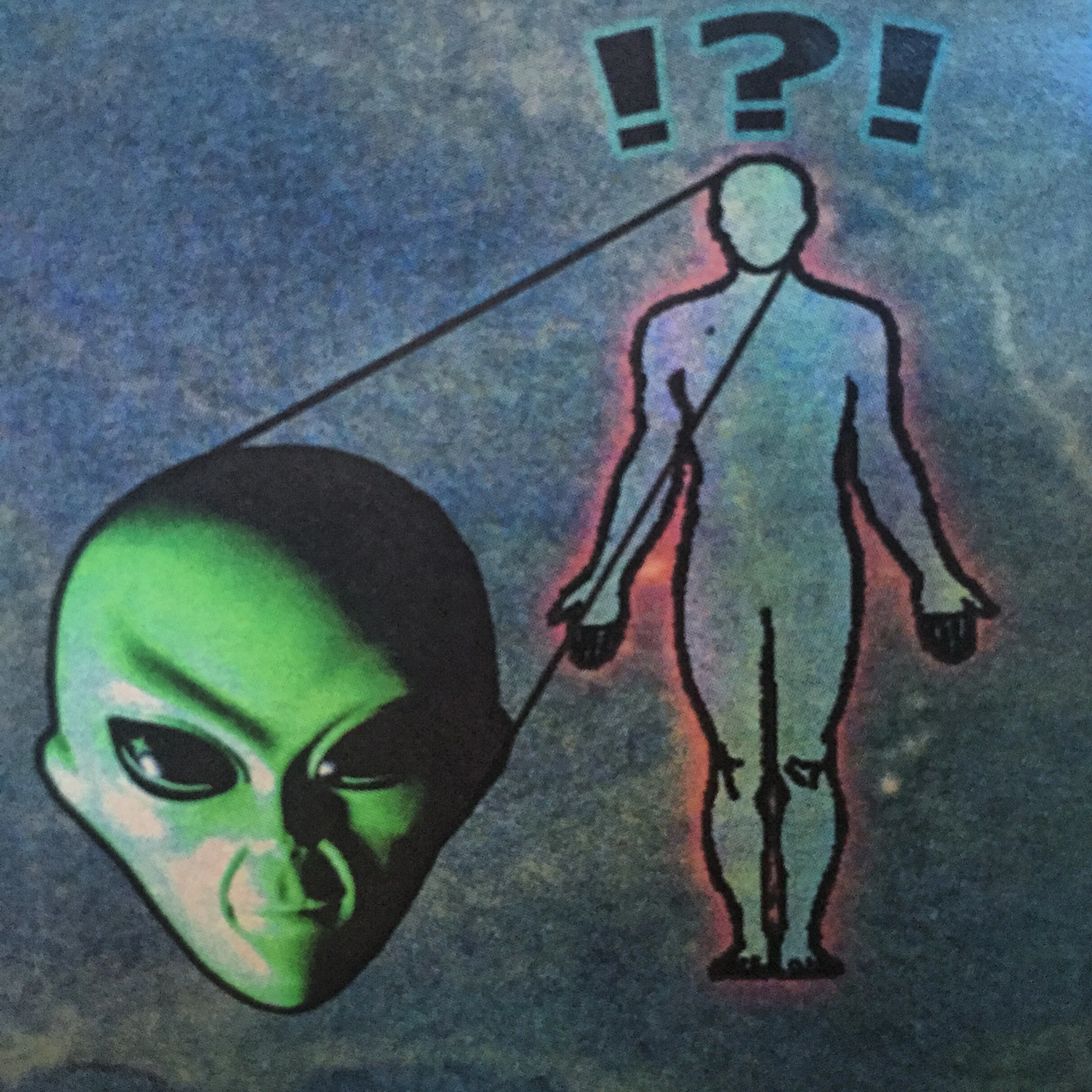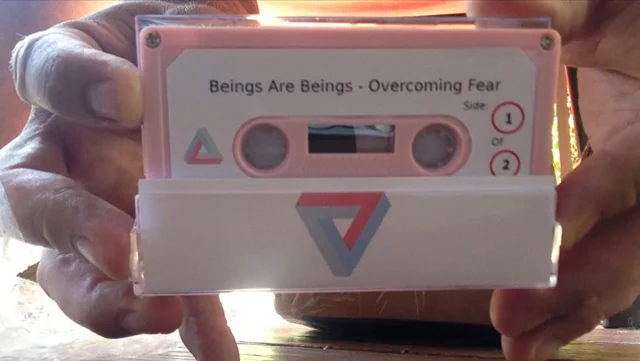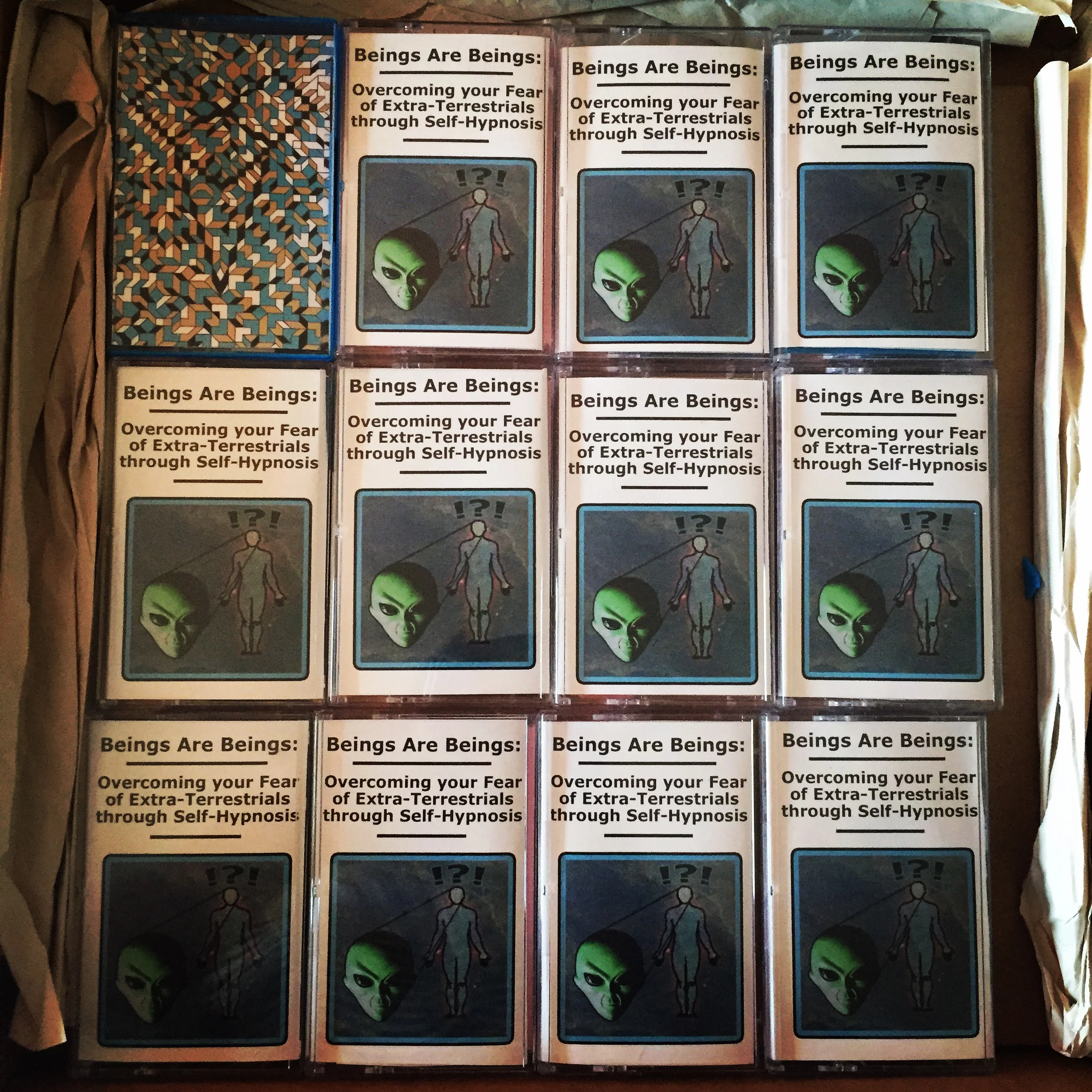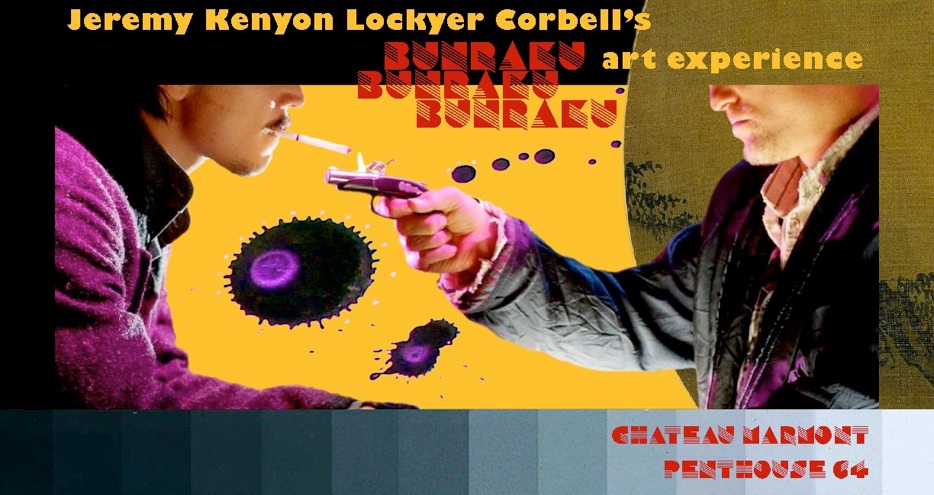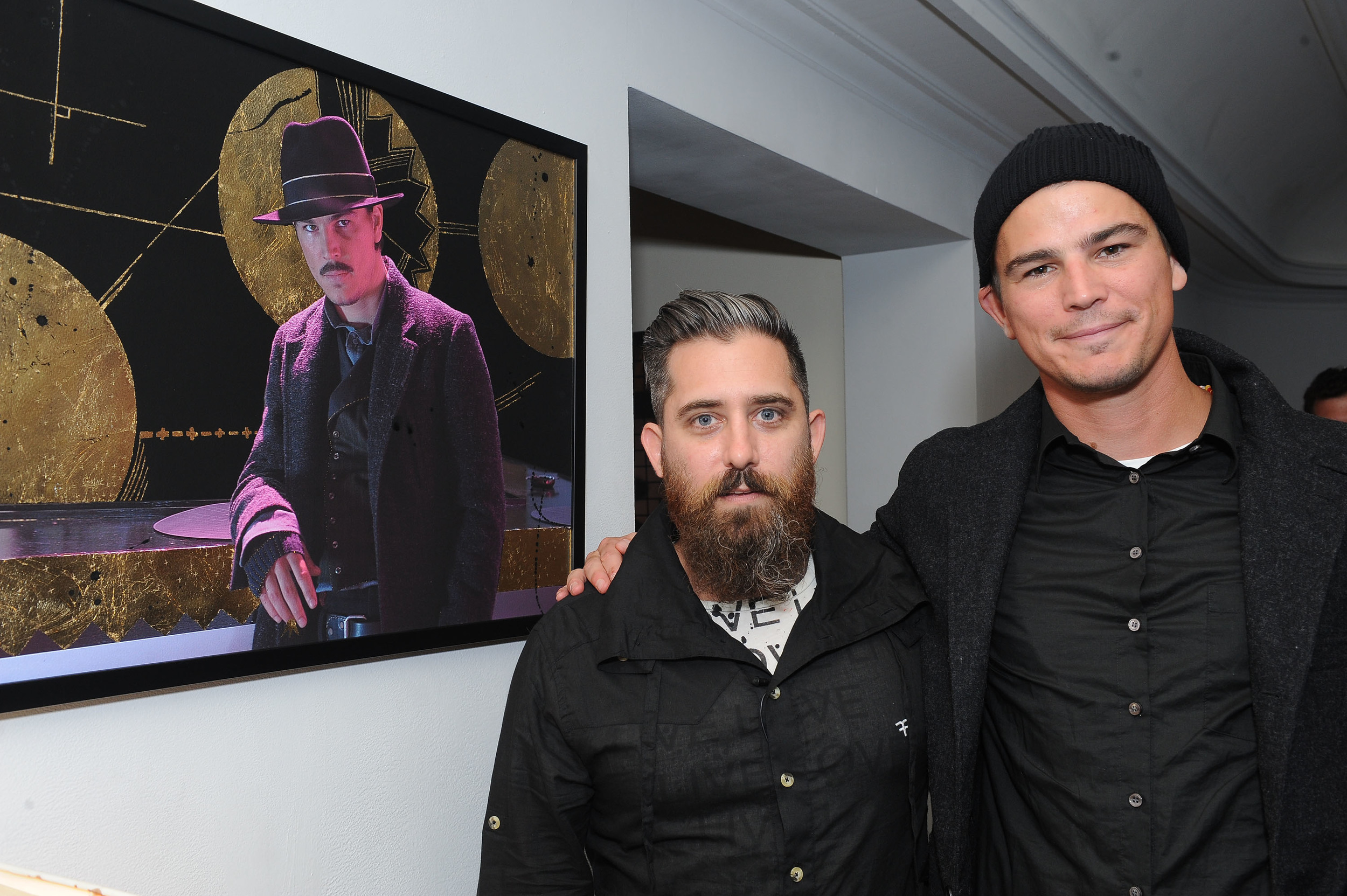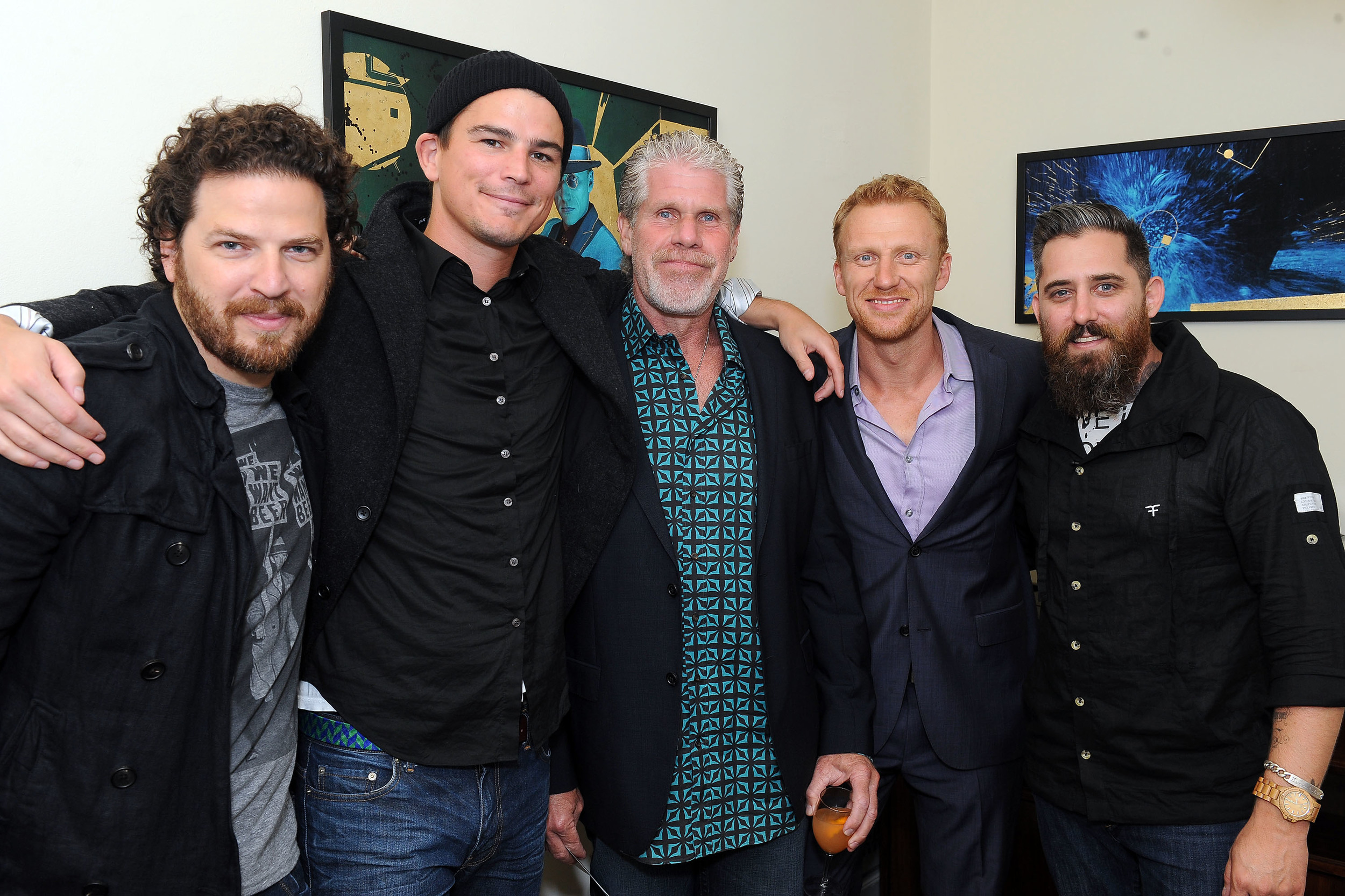1 - WHO ARE YOU ANE WHERE HAVE YOU WORKED?
CORBELL - What's your name and what do you do for a living?
KRANGLE - Dr. Krangle and I'm an engineering physicist.
CORBELL - In your professional capacity what can you tell me about your history?
KRANGLE - Well my bachelors is from New York Institute of technology, my doctorate is from MIT.
CORBELL - Can you tell me some of the laboratories that you have done contracting work for?
KRANGLE - Pretty much all of them. Air Force Weapons Lab, Sandia labs, several different areas at Sandia … area 5, area 3 ... Los Alamos. I've done work with White Sands. I've been out even as far as California, you know where China Lake is? You know, Ridgecrest. I've done some testing out at China lake. One of the things that I do is a company will call and say, we want to do this test project, how do we set up the test? We want to measure X, what equipment do we need and how do we set that up?And that's the gap that I fill.
2 - WHAT DID YOU DO AT LOS ALAMOS & WHEN?
CORBELL - What is it that you have done at Los Alamos, what time frames? Whatever you can tell me about that.
I've done contracts at Los Alamos pretty much all through the 80s. I still do contracts with Los Alamos. Not as many as I used to, but I still have some contact up there. But all through the 80s I was doing design project this, or you know a kind of a ancillary engineering. Their engineers have been beating a problem, and sometimes you get too close to the problem where you can't see the forest through the trees, so they bring in people like me as an outside contract to take a fresh look, see what's going on. Though the equipment I may of been working with might've been on some high-security something or another, but an amplifier is an amplifier, a signal generator is a signal generator … what you do with that equipment, that may be classified. But that specific piece of equipment itself is not classified.
3 - WHAT WAS YOUR FIRST INTERACTION WITH BOB LAZAR?
CORBELL - One of the reasons why I was introduced to you, was because you're not into this world that I'm investigating that includes, ufology, advanced propulsion systems. But one thing that I was told is that, was that not only did you have some work that you did at Los Alamos, but additionally that you somehow met Bob Lazar. What was your first interaction with LAZAR and where was it?
KRANGLE - Well it wasn't much of an interaction. It was one of these things, you know, meetings ... like security meetings. You know, you have to go to that once every week or every couple of weeks ... and they give you the usual briefing, "Don't talk about what you're doing. Don't talk about what you see." So Lazar, we didn't work together, but you know cafeteria kind of thing ... you know you pass em in some of the "commanders call" if you will ... you know meetings ... you pass em ... so yeah, he was up there.
CORBELL - And about what year was it that you remember seeing him?
KRANGLE - To pin it down, certainly in the 80s. Probably earlier than late 80s.
CORBELL - What's interesting to me is that you're saying, that you would run across Lazar at a security meeting … "Don't talk about this. Don't talk about that" … or in the cafeteria. Was it your impression that he was a concessions stand salesman, or a janitor?
KRANGLE - He was dressed wrong to be the janitor (laughter).
CORBELL - Okay, so how did you know Bob and in what capacity was he there working from your knowledge? What was he at Los Alamos?
KRANGLE - Well he was a physicist which, I'm a physicist. We kind of recognize each other. You know it's the classic pocket condom with all the proper different color pens (laughter) ... he fit that mold. If nobody would've told me he was a physicist, one look, [you would know] he's a physicist. He's properly dressed in geekdome.
CORBELL - Did people tell you he's a physicist? Was it ever explained to you?
KRANGLE - In some conversations, you know, somebody would be talking about what somebody was doing … and they'd point over ... and that's him over there.
4 - BOB LAZAR WAS AT LOS ALAMOS SECURITY BRIEFINGS WITH YOU?
CORBELL - You have a direct individual memory of being in a security briefing at Los Alamos with Bob Lazar?
KRANGLE - Yeah, I remember seeing him.
CORBELL - Why would he be there if he wasn't working in capacity with that was important?
KRANGLE - Yeah, I don't think they bring the janitor in … yeah.
CORBELL - Okay. Because I just want to kind of, demystify that once and for all.
5 - WAS BOB LAZAR A PHYSICIST AT LOS ALAMOS?
CORBELL - What was your impression of what Bob was doing at Los Alamos in the 80s?
KRANGLE - Well, at the time I was there, I really didn't know what specifically Bob was doing, we didn't work together, we simply crossed paths … at least in glancing view. I didn't know what he was up to anymore than he knew what I was up to.
CORBELL - But you did know that he was a physicist?
KRANGLE - Yes.
CORBELL - And that was very clear to you, that he was a physicist at Los Alamos and not again like, the janitor?
KRANGLE - Right. And in conversations with some of my colleagues ... you know again sitting over lunch, we would be talking about something something happening or, who's doing something. It's okay to talk amongst yourselves, your just not allowed to tell your wife or your kids what you're doing. And somebody would lean over and say that's Bob over there ... he working on something something project.
CORBELL - So did you get any other impressions? You've described him very well, he's kinda got the Hawking's face, he stands out, he's got the pocket protector, he's a physicist working at Los Alamos … Is there anything else that stood out about Bob?
KRANGLE - Yeah one of the fellas was telling me about him building a jet car.
6 - BOB LAZAR COMMITTED PROFESSIONAL SUICIDE BY BREAKING THE CODE
CORBELL - It's so fascinating to me to talk with somebody who's not, you know, drank the Kool-Aid ... who doesn't know the whole story, or who's really really into it. And [who] says, "I worked there. I saw Bob." He stood out to you somehow.
KRANGLE - And I understand how Los Alamos would blackball him. He committed professional suicide.
CORBELL - In what way?
KRANGLE - By doing that video that he did, where he was talking about the craft that he had exposure to. He went into quite a little tutorial on how a matter / antimatter engine might work. Which is how they get enough energy to power and energy in that craft to do what they wanted to do. And he broke the code. He broke from the fold. He talked about it. That's it, that's a death sentence.
CORBELL - Why is it a death sentence?
KRANGLE - Within that security community, it's just that mentality that's up there. Of ... "Don't talk about what you do".
CORBELL - By Bob publicly talking about his experience with the work that he did, not at Los Alamos but south of Groom Lake, he was committing sort of …
KRANGLE - Professional suicide.
CORBELL - Professional suicide. Because you get blacklisted for doing that.
KRANGLE - That's right.
7 - IT WAS INFORMATION THAT HE REALLY THOUGHT THE WORLD SHOULD KNOW
CORBELL - Did you have any verbal conversation with Bob at any point?
KRANGLE - Yeah.
CORBELL - Can you describe it to me?
KRANGLE - Well, we chatted, it was after obviously he was gone from Los Alamos. Through conversations with peers and colleagues, I knew about Bob being over in the East Mountains [of Albuquerque] and his company United Nuclear. I asked him why did you commit professional suicide. He said it was information that he really thought the world should know.
8 - LAZAR IS THE SNOWDEN OF UFOLOGY
CORBELL - I believe Bob. And I have reason to believe Bob. All the evidence has suggested that he's "A", Telling the truth and "B", that people try to smear his name and try to demote his scientific abilities in peoples minds.
KRANGLE - Look at Snowden. Had Snowden not done what he did, he would be the great kid that's doing the intelligence gathering. But he broke from the fold. And Bob is essentially the same thing as Snowden. He broke from the fold. But at least he's managed to keep going, I mean, where do you go from engineering physics at Los Alamos if you can't stay with in your discipline? I mean, what do you do, open up a TV and radio repair shop? Or go deliver pizzas?
CORBELL - You open United Nuclear.
KRANGLE - That's right.
9 - I’M NOT READY TO BREAK THE FOLD, BUT BOB LAZAR IS CREDIBLE
KRANGLE - I would like to believe what he worked on. I would like to believe that story. Again, the scientist in me says if I can't touch it, feel it l, sniff it, smell it, weigh it, measure it... come back and do the same thing tomorrow and get the same results. So, I can't prove or disapprove what he worked on. As far as what he describes, and as far as the theory of how what he describes could work … I think he's spot on. I wish I saw that same something.
CORBELL - You know, then again too … You in the capacities that you've had to, or decided to work as a subcontractor for a lot of these agencies and businesses in these areas, you too have been shown things that don't necessarily line up with the chronology of our own development of technologies. Is that fair to say?
KRANGLE - That's fair to say but…
CORBELL - We're not gonna say anymore about that?
KRANGLE - Right. Exactly. I'm not gonna break from the fold [laughter]. I'm not ready to commit, at this point, professional suicide.
CORBELL - But there is something that you have experienced, that leads you to lean towards the idea that Lazar...
KRANGLE - Is credible.
CORBELL - Is credible?
KRANGLE - Yeah.













